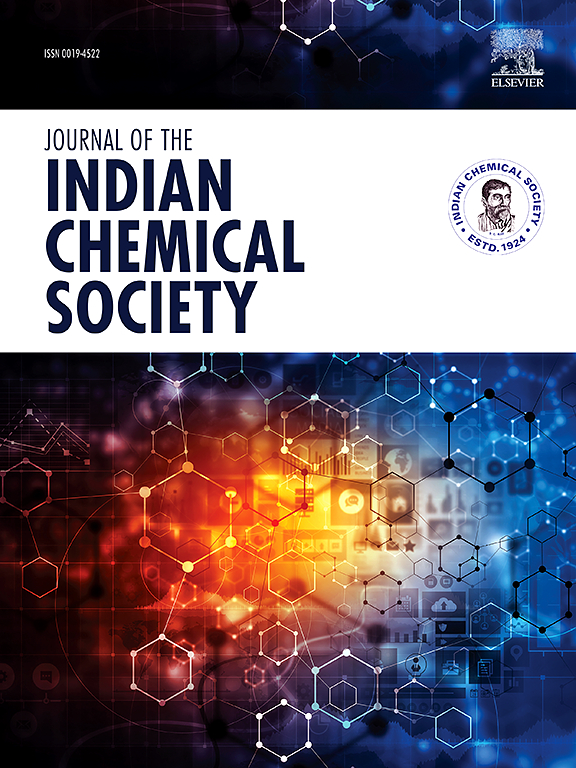Insight into hair dyeing properties and mechanisms of Maya blue-like pigments modified with different silane coupling agents
IF 3.2
4区 化学
Q2 CHEMISTRY, MULTIDISCIPLINARY
引用次数: 0
Abstract
The use of clay-based nanomaterials for human hair dyeing is an ideal method due to its high safety and minimal hair damage. However, their hair dyeing mechanisms are poorly understood. This study shows the hair dyeing properties of Maya blue-like pigment (palygorskite-indigo hybrid, MB) and its organically modified samples. The hair dyeing effect of the hybrid was determined by measuring the chromatic parameters and calculating the color difference. A series of characterizations, such as SEM, contact angle, mechanical properties, and shampoo resistance, were carried out on the hair before and after dyeing to reveal the dyeing mechanism. The results indicated that organic modification could significantly improve the hair dyeing effect of the pigment. The loading ratios of indigo, MB, 550 MB, 560 MB, 590 MB, and 1631 MB on the hair were 0.12 %, 0.54 %, 5.85 %, 3.77 %, 4.30 %, and 6.68 %, respectively. The colloidal stability of the modified pigment determined the size of particle aggregates deposited on human hair. The difference in hydrophilicity and hydrophobicity between the hybrid and hair could control the coverage of particles. Dyeing with modified pigments improved the mechanical properties and shampoo washing resistance of hair. After 10 repeated shampoo washes, the retention ratioof hair dyed with modified samples was significantly better than that of MB, still maintaining at 72–92 %. The mechanisms of action between the four silane coupling agents modified samples and hair were electrostatic attraction, covalent bonding, hydrogen bonding, and hydrophobic interaction, respectively.

不同硅烷偶联剂改性玛雅蓝样颜料染发性能及机理的研究
使用粘土基纳米材料进行人体染发是一种理想的方法,因为它具有高安全性和最小的头发损伤。然而,人们对它们染发的机制知之甚少。本研究展示了玛雅蓝样颜料(斜纹石-靛蓝杂交,MB)及其有机改性样品的染发性能。通过测定染色参数和计算色差来确定混染剂的染发效果。通过对染发前后的SEM、接触角、力学性能、抗洗发性能等进行表征,揭示染发机理。结果表明,有机改性能显著提高该色素的染发效果。靛蓝、MB、550mb、560mb、590mb、1631mb在头发上的加载率分别为0.12%、0.54%、5.85%、3.77%、4.30%、6.68%。改性色素的胶体稳定性决定了沉积在人类头发上的颗粒聚集体的大小。杂合物和毛发亲疏水性的差异可以控制颗粒的覆盖。改性色素染色提高了头发的力学性能和抗洗发水洗涤性能。经10次反复洗发后,改性样品染发的保留率明显优于MB,仍保持在72 - 92%。四种硅烷偶联剂改性后的样品与毛发的作用机制分别为静电吸引、共价键、氢键和疏水相互作用。
本文章由计算机程序翻译,如有差异,请以英文原文为准。
求助全文
约1分钟内获得全文
求助全文
来源期刊
CiteScore
3.50
自引率
7.70%
发文量
492
审稿时长
3-8 weeks
期刊介绍:
The Journal of the Indian Chemical Society publishes original, fundamental, theorical, experimental research work of highest quality in all areas of chemistry, biochemistry, medicinal chemistry, electrochemistry, agrochemistry, chemical engineering and technology, food chemistry, environmental chemistry, etc.

 求助内容:
求助内容: 应助结果提醒方式:
应助结果提醒方式:


